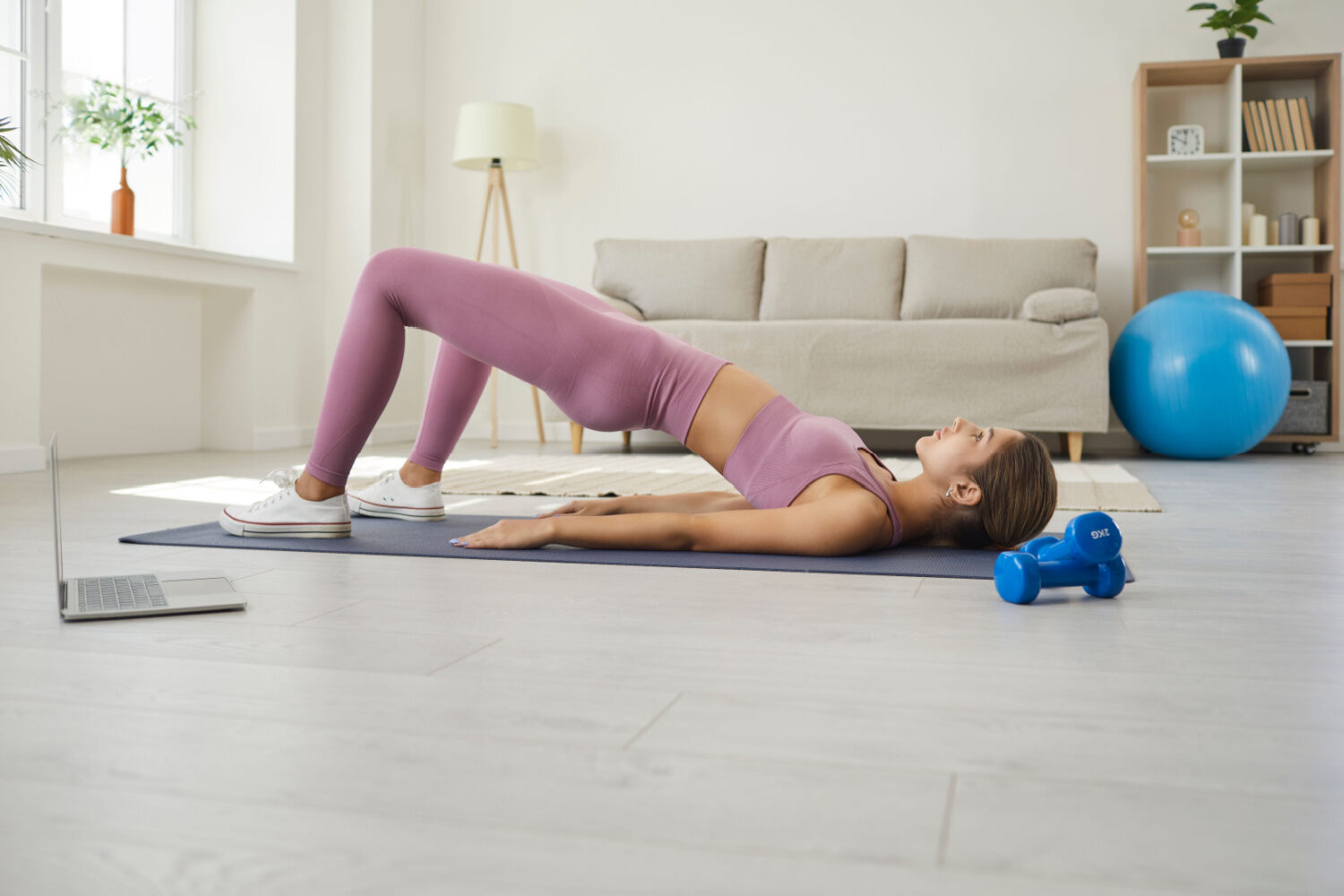
For couples expecting a positive pregnancy, improving fertility plays a crucial role. When it comes to better fertility and reproductive health, factors such as lifestyle, exercise, food, and nutrition must be taken into account. Kegel exercises for fertility combined with other treatment options may help increase the chances of a positive conception.
Kegels are one of the pelvic floor exercises that boost reproductive health. Further, a healthy pelvic floor can enhance reproductive functioning, resulting in improved fertility. In this article, we will discuss how kegel exercises for fertility can promote sexual and reproductive health, leading to higher conception chances during family planning.
In This Article
- What Are Kegel Exercises?
- How Are Fertility And Kegels Related?
- Top 4 Kegel Exercises For Improved Fertility And Sexual Health
- Benefits of Kegel Exercises
- Disadvantages of Kegel Exercises
- Precautions to Take While Performing Kegel Exercises For Fertility
- FAQ’s
What Are Kegel Exercises?
Kegel’s exercise involves a set of exercises that focuses on strengthening the pelvic floor. It supports the uterus, rectum, small intestine, and bladder while contributing to enhanced bowel and urine control (1).
These exercises tighten pelvic floor muscles and may help alleviate problems like low back pain and pelvic pressure while improving sexual well-being.
How Are Fertility And Kegels Related?
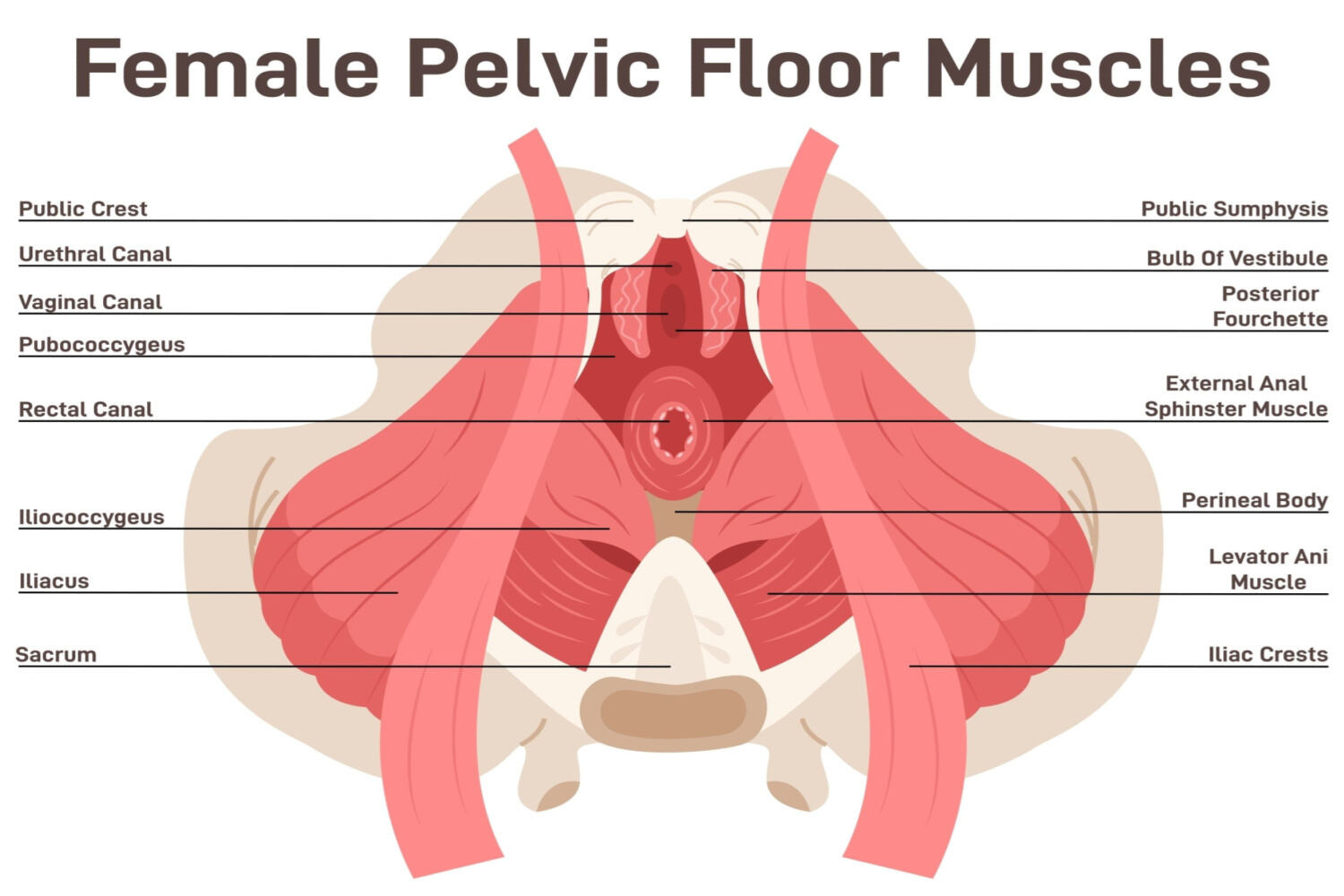
Kegels can enhance the sexual health of both men and women. They can improve the quality of sexual intercourse and enhance ejaculation, which can result in increased chances of conception.
Furthermore, research indicates that strengthening pelvic floor muscles improves the quality of orgasm in women, including the intensity, duration, and number during intercourse, leading to a positive pregnancy (2).
Top 4 Kegel Exercises For Improved Fertility And Sexual Health
The pelvic floor holds your reproductive organs. Strengthening the pelvic floor muscles supports conception. Hence, many doctors recommend adding Kegels to your daily workout plan. Here are some exercises that you can perform at home. Plus, you can consult your healthcare provider before exercising to avoid complications.
1. Bridge Pose
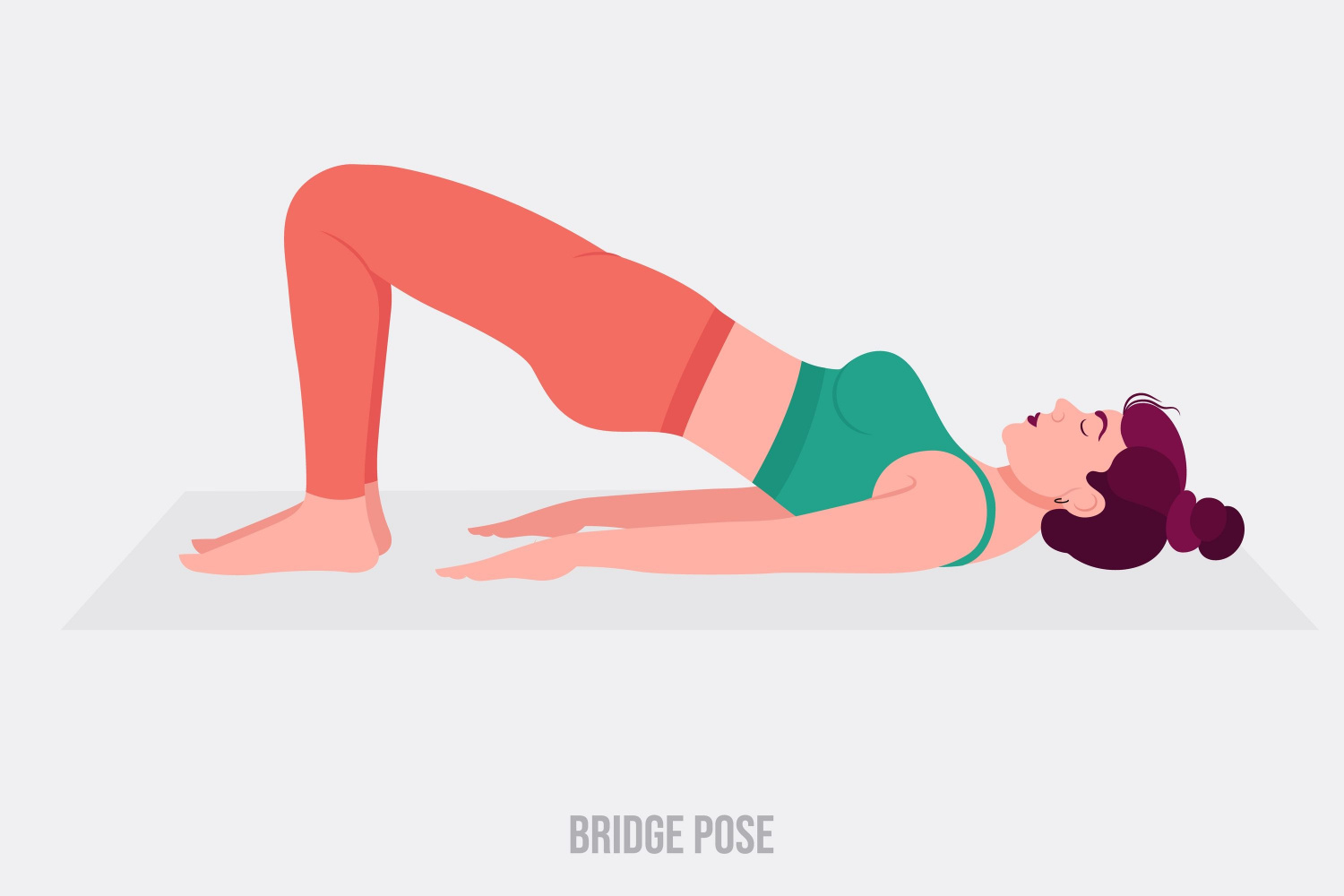
Bridge pose is one of the yoga poses that works excellently to strengthen the pelvic floor. This targets the complete pelvic floor muscles and the reproductive organs to enhance their functionality.
To perform this, lie on your back on the mat and bend your knees, keeping the feet apart. Pull your hips upwards (towards the ceiling) while keeping your shoulders stable on the mat. Breathe normally, maintain the pose for 3-4 breaths, and lower your back down. Do this exercise for 10 to 15 times. You can increase repetitions once you are comfortable.
2. Diaphragmatic Breathing
Diaphragmatic or abdominal breathing improves the diaphragm’s function, leading to enhanced respiration. This exercise targets pelvic muscles and the diaphragm to improve the breathing rate and abdominal muscle strength. Plus, it improves the overall health (physical and mental). (3)
Sit in a comfortable position, to begin with diaphragmatic breathing. Place one hand on the chest and the other on the abdomen. Breathe deeply through the nose for 3 seconds, and you’ll feel your abdomen expanding and your diaphragm contracting. Hold breath for 2 seconds and exhale slowly for 5 seconds. While exhaling, your diaphragm and abdomen will relax. This exercise will reduce tension in your muscles and enhance relaxation.
2. Baby Pose
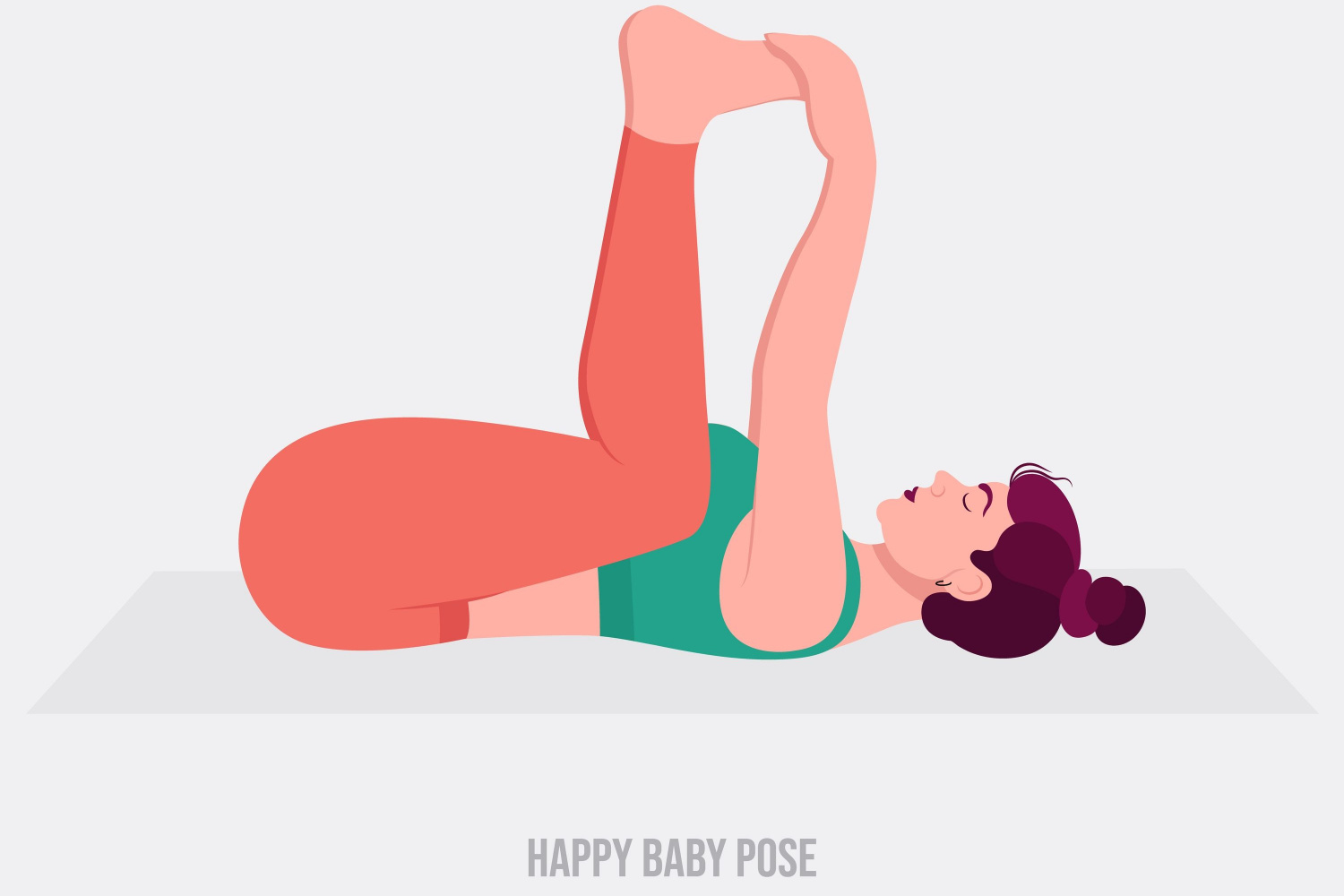
Baby pose or child’s pose stretches your abdominal muscles and promotes relaxation. Plus, it releases stress and boosts flexibility. It’s a resting position that reduces fatigue.
You can perform this by kneeling on the floor. Sit on your heels while touching your big toes. Keep distance between your knees (about your hips’ width). Inhale and bend your torso forward towards your knees while exhaling. This is a coordination with extending your arms, touching them on the floor, and bending your neck. Hold the position for 30 seconds and repeat it 10 to 15 times.
4. Deep Squats
Deep squats are functional exercises that not only strengthen your pelvic floor muscles but also help with low back pain. Moreover, it supports the full range of motion of joints (hip, ankle, and knee) while promoting flexibility (4.)
Stand straight, keeping your legs apart to start deep squats. Lower your body while bending your knees. While doing so, you’ll feel like sitting on your feet. Hold the position for 5 to 10 seconds, and you can go up to 10 repetitions.
Benefits of Kegel Exercises
From strengthening the pelvic floor to improving fertility, Kegels can provide endless benefits. Here are some of its benefits explained.
1. Improving Sex Quality
Kegels increase blood circulation, which in turn may be beneficial for improving genital functionality. Research shows that Kegels combined with sexual education programs could improve arousal, orgasm, and satisfaction, which may better fertility. (5)
2. Improving Pelvic Prolapse
Kegel exercises can provide relief from pelvic organ prolapse symptoms like vaginal discomfort or tummy heaviness. In addition, whether it is urinary or fecal incontinence, Kegels can manage both.
3. Reducing Back Pain
Having a back pain can make sex painful and difficult and may reduce your chances of conception. Kegels are one of the recommended exercises (subject to any specific condition) to reduce back pain. They develop strength in the core and support back and hip muscles to enhance stability while decreasing pain and may improve sexual activity.
Disadvantages of Kegel Exercises
Kegels can have multiple benefits; however, there might be some disadvantages. Hence, it’s crucial to consult your doctor and physiotherapist before doing them. These disadvantages can be;
a. Premature Ejaculation
Kegels may assist in dealing with premature ejaculation in males (6). Nevertheless, when not done correctly, they may work reversibly. Overdoing or performing them incorrectly, contracts prostrate, triggering the sympathetic system signaling ejaculation.
b. Pain And Discomfort
You have to target the right muscle groups to get the most from Kegels. It’s better to avoid them if you don’t know which muscles to focus on. For this, consider consulting your physiotherapist.
c. Strain And Fatigue
It takes time to observe significant changes when performing Kegels. Excessive repetitions might strain muscles and cause fatigue.
Precautions to Take While Performing Kegel Exercises For Fertility
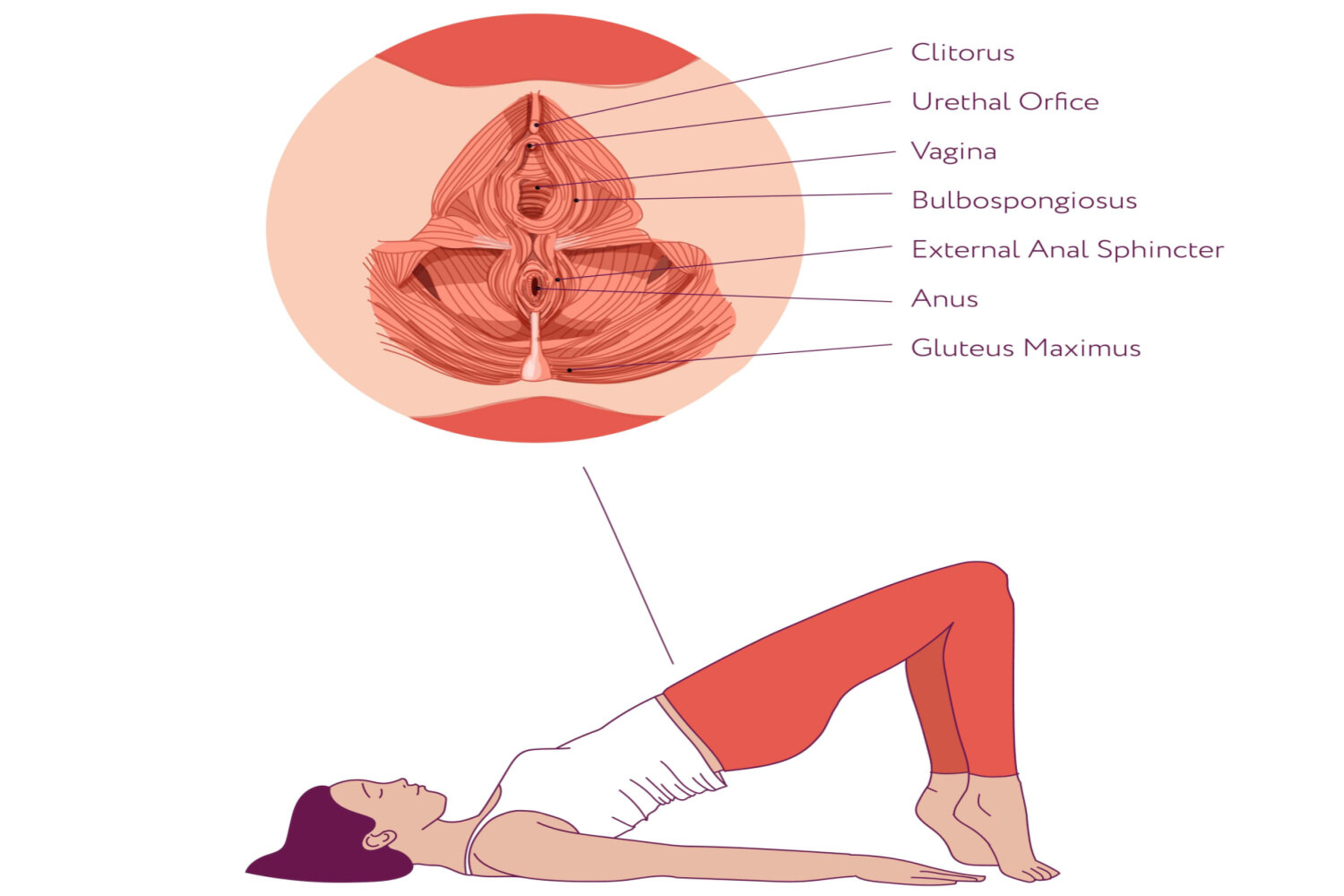
Keeping a few precautions in mind will help you avoid complications during exercise. These include;
- Wear comfortable clothes during the workout. This will ensure coziness while supporting the full range of motion.
- If you’re experiencing pain or discomfort, avoid continuing the exercise.
- Do not over-stretch your body to ensure maximum comfort.
Kegel exercises for fertility can be one of the supporting options to manage infertility. These may help improve the functioning of reproductive organs, which may further assist in positive pregnancy. Plus, it’s significant to consult your healthcare provider before beginning Kegels.
FAQ’s
1. Do Kegels Help Your Uterus?
Kegels target weak pelvic floor muscles and help strengthen them. In women, Kegels support the uterus and other reproductive organs to increase the chances of positive pregnancy.
2. Can You do Kegel Exercises Daily?
Yes, you can do Kegels daily to seek better results. Further, make sure you do them as per the workout plan suggested by your physiotherapist.
3. Who Should Not do Kegel Exercises?
Kegels might not be suitable for men and women with extremely weak pelvic floor muscles or who are suffering from overflow incontinence. It’s good to avoid them during severe muscle strain or pain in the back and abdominal region.
References
- Kegel Exercises – StatPearls – NCBI Bookshelf – [https://www.ncbi.nlm.nih.gov/books/NBK555898/]
- The effect of pelvic floor muscle exercises program on sexual self-efficacy in primiparous women after delivery – PMC – [https://www.ncbi.nlm.nih.gov/pmc/articles/PMC4462060/]
- The Effect of Diaphragmatic Breathing on Attention, Negative Affect and Stress in Healthy Adults – PMC – [https://www.ncbi.nlm.nih.gov/pmc/articles/PMC5455070/]
- The relationship between the deep squat movement and the hip, knee and ankle range of motion and muscle strength – PMC –[https://www.ncbi.nlm.nih.gov/pmc/articles/PMC7276781/]
- Effects of Sex Education and Kegel Exercises on the Sexual Function of Postmenopausal Women: A Randomized Clinical Trial – ScienceDirect – [Effects of Sex Education and Kegel Exercises on the Sexual Function of Postmenopausal Women: A Randomized Clinical Trial – ScienceDirect]
- Pelvic floor muscle rehabilitation for patients with lifelong premature ejaculation: a novel therapeutic approach – PMC- [https://www.ncbi.nlm.nih.gov/pmc/articles/PMC4003840/]
